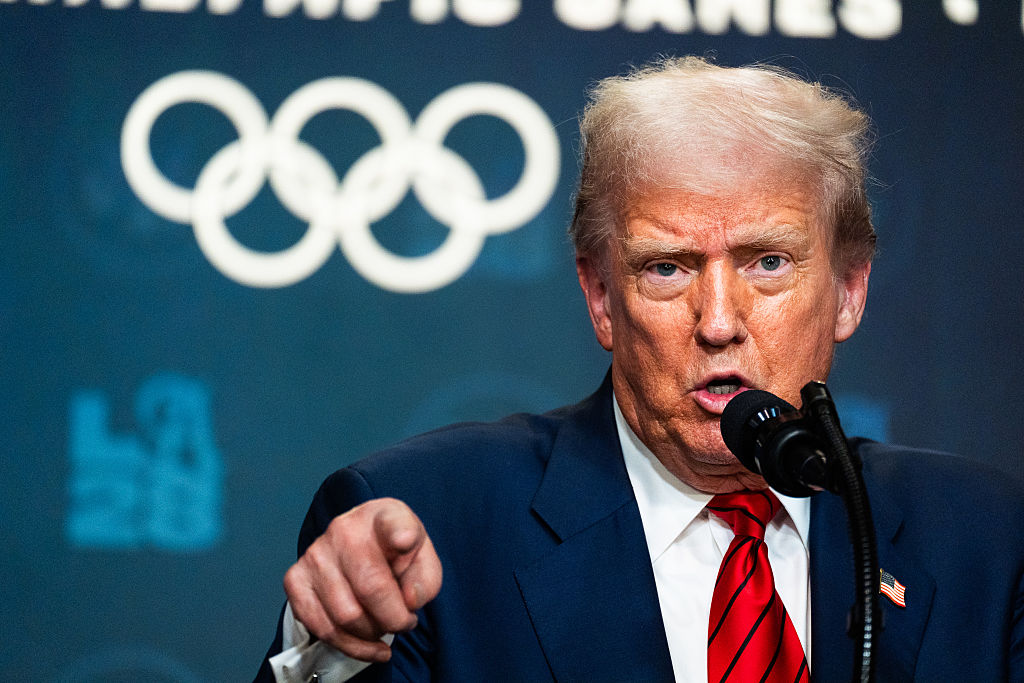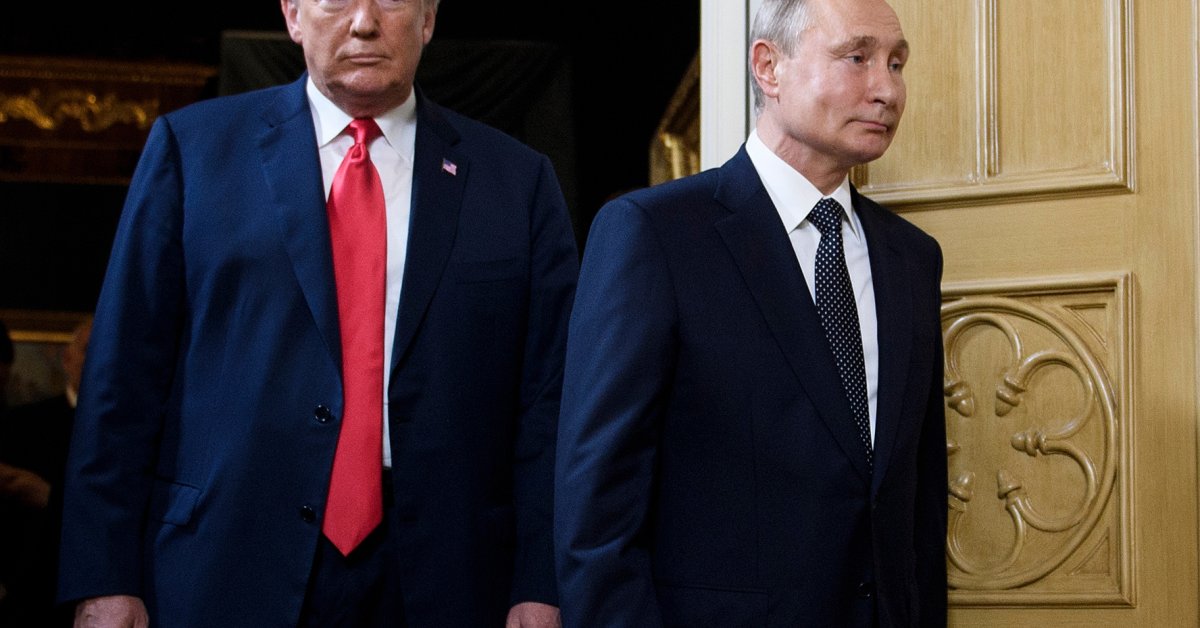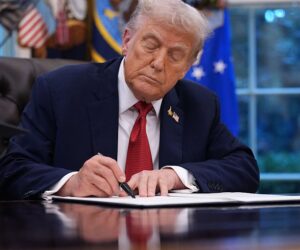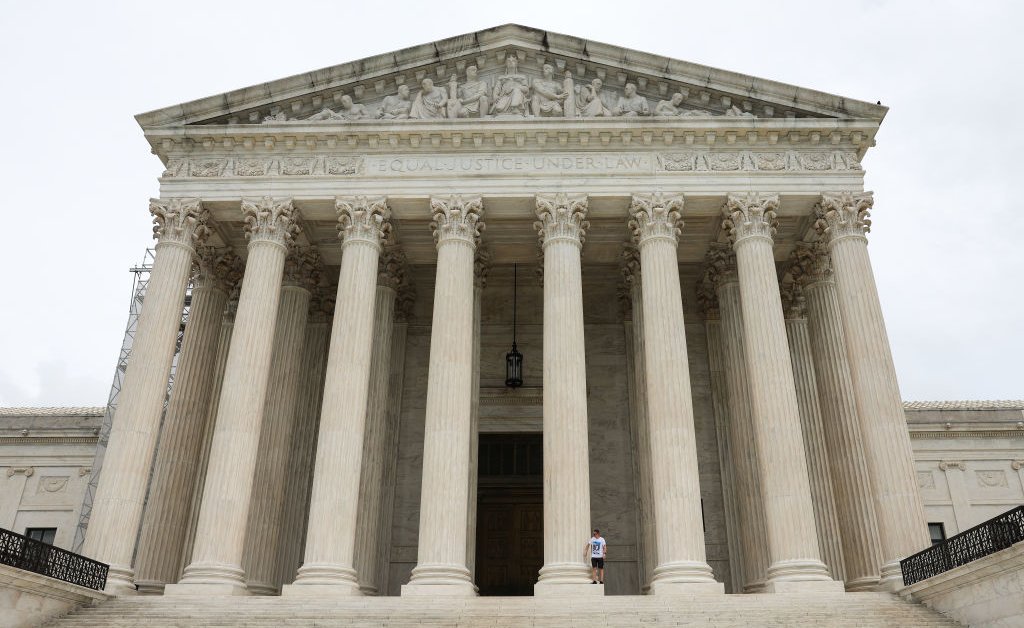
President Donald Trump has given Russia until Friday to end the war in Ukraine or face “very severe tariffs” and a new wave of sanctions designed to cripple its oil trade and financial lifelines.
As that deadline approaches, Trump’s special envoy Steve Witkoff met with Russian President Vladimir Putin in Moscow on Wednesday for about three hours as part of a last-ditch diplomatic effort to reach a ceasefire. No details of an outcome were announced, though a Russian official described the meeting as “successful” and added that “dialogue will prevail.”
[time-brightcove not-tgx=”true”]
It remains unclear whether Putin will agree to Trump’s ultimatum, or whether the Kremlin views the threat of sanctions as credible enough to force a meaningful shift in its military campaign. Putin may offer a partial ceasefire that involves a halt to the missile and drone attacks Russia has ramped up against Ukrainian cities in recent months—hitting apartments, maternity hospitals, civilian transportation, and a playground.
Trump’s Friday deadline is set to come a week after he sent two U.S. nuclear submarines closer to Russia in response to threatening comments made on social media by Russia’s former president.
More than 6,700 Ukrainian civilians have been killed in the first half of this year, according to the United Nations. A partial ceasefire may stop the deadly attacks, but it would not prevent Russia from advancing in eastern Ukraine, where it has gained around 900 square miles since December, according to data from the Institute for the Study of War think tank.
“I’m disappointed in President Putin. Very disappointed in him,” Trump said on July 28 over the lack of progress toward a ceasefire, as he announced he was shortening his deadline from 50 days for Russia to end the war amid the escalating attacks. Trump has described Russia’s attacks on Ukraine as “disgusting” and “a disgrace.”
Read more: The Hidden War Over Ukraine’s Lost Children
Here’s how the U.S. plans to punish Russia if it does not agree to a ceasefire by Friday.
Sanctions on Russia’s shadow fleet
Trump’s proposed sanctions package would strike at the core of Russia’s war financing: its global oil exports. Chief among the measures under consideration is a crackdown on Russia’s so-called “shadow fleet”—a network of hundreds of aging oil tankers that Moscow has used to bypass the G7’s $60-per-barrel price cap and export Russian crude to countries such as India and China. These ships operate under obscure ownership structures and are often registered in jurisdictions with minimal oversight, making them difficult to trace or regulate.
The Financial Times reported that the Trump Administration is preparing to blacklist dozens of additional tankers in the coming days, following the precedent set by the Biden Administration, which sanctioned 213 tankers before leaving office. Trump has until now resisted expanding the list in hopes of securing a negotiated settlement. But with Putin refusing to halt attacks on Ukrainian cities, officials say that patience has run out.
Data suggests the tactic can be effective. According to Kpler, a cargo analytics platform, tankers that were sanctioned saw their shipping volume drop from 48 million barrels per month to just 13 million within six months—a 73% decline, the Financial Times reported. Analysts expect a significant share of Russia’s remaining oil exports could be disrupted if the Trump Administration broadens the crackdown and coordinates with the EU, which sanctioned over 100 ships last month.
Penalties for Russia’s energy trading partners
Trump has threatened to go after the countries that continue to buy Russian oil, part of an effort to reduce Russia’s ability to fund its war effort as oil exports account for a significant portion of Russia’s economy.
He took the first step on Wednesday by signing an executive order imposing an additional 25% tariff on goods from India because it continues to buy oil from Russia. The additional tariff on India is set to take effect in 21 days, bringing the total duties imposed on Indian products up to 50%.
“India is not only buying massive amounts of Russian Oil, they are then, for much of the Oil purchased, selling it on the Open Market for big profits,” Trump said in a Truth Social post. “They don’t care how many people in Ukraine are being killed by the Russian War Machine.”
China is the largest importer of Russian oil, with $62.5 billion worth of purchases last year, followed by India at $52.7 billion. Other countries that buy Russian oil include Hungary, Slovakia, Czechia, Azerbaijan, Netherlands, Uzbekistan, Brazil, and Malaysia, though at significantly lower levels than China and India.
Overall, China is the largest importer of Russian goods, with purchases last year totalling $128.3 billion, followed by India ($65.7 billion), Turkey ($44.0 billion), Belarus ($34.1 billion), Kazakhstan ($17.0 billion) and Brazil ($11.6 billion).
The White House contends that such trade has become critical to sustaining Russia’s war economy, and hasn’t ruled out extending economic penalties to China, though any move targeting Chinese imports would likely be more complex and risk sparking retaliation.
A bipartisan bill introduced in the Senate, co-sponsored by Republican Lindsey Graham of South Carolina and Democrat Richard Blumenthal of Connecticut, would impose tariffs of up to 500% on countries that continue to import Russian energy. Trump has publicly said he is “very strongly” considering endorsing the bill, which has gained momentum on Capitol Hill.
India said in a statement Wednesday that it is “extremely unfortunate that the US should choose to impose additional tariffs on India for actions that several other countries are also taking in their own national interest.”
“We have already made clear our position on these issues, including the fact that our imports are based on market factors and done with the overall objective of ensuring the energy security of 1.4 billion people of India,” an official spokesperson for India’s Ministry of External Affairs said.







